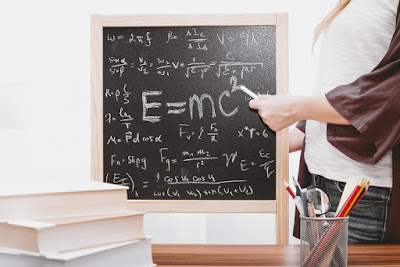Nowadays, if I need to work out a sum I turn to the handy calculator right there on my phone. Remember when teachers said that we wouldn't always have a calculator with us?! But I'm also trying to demonstrate to the children how important it is to work on your maths. Even if you have a calculator it definitely helps to be able to make a ballpark guess in case you make a mistake when typing, and knowing times tables really does help in lots of every day situations.
I'm often stood in the supermarket in front of the shelves trying to work out which is the best deal. Sometimes there will be a price per unit printed on the shelf label, but I've found that it's not always correct and doesn't always take a special offer into consideration. So it's really useful to be able to work out a few sums and compare the prices.
I also remember being taught interest and compound interest at school. Unfortunately I don't remember it ever being put into context - it would have been much better if they'd given us a real world example, for example showing how the interest adds up on a mortgage or a credit card over time. I only learned it for my GCSE, I never saw how it could be useful to me in the future.
I do remember though a few years back when Ram and I were looking at pizza deals. We were trying to decide if it was better value to buy one large pizza or two smaller pizzas. We managed to remember the formula for calculating the area of a circle (A = π r2 of course) so between us we worked out the areas of the two different pizza combinations to see which would give us the most pizza for our money. I can't remember the result exactly, but I do remember that it wasn't the one we were expecting!
So the maths that you learn at school can definitely be useful!
 |
| Photo credit jeshoots via Unsplash |

No comments:
Post a Comment
I love reading your comments!